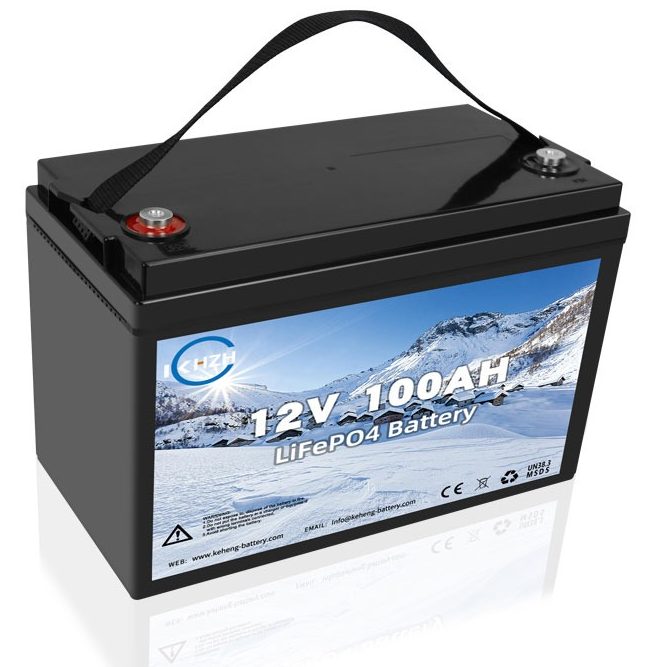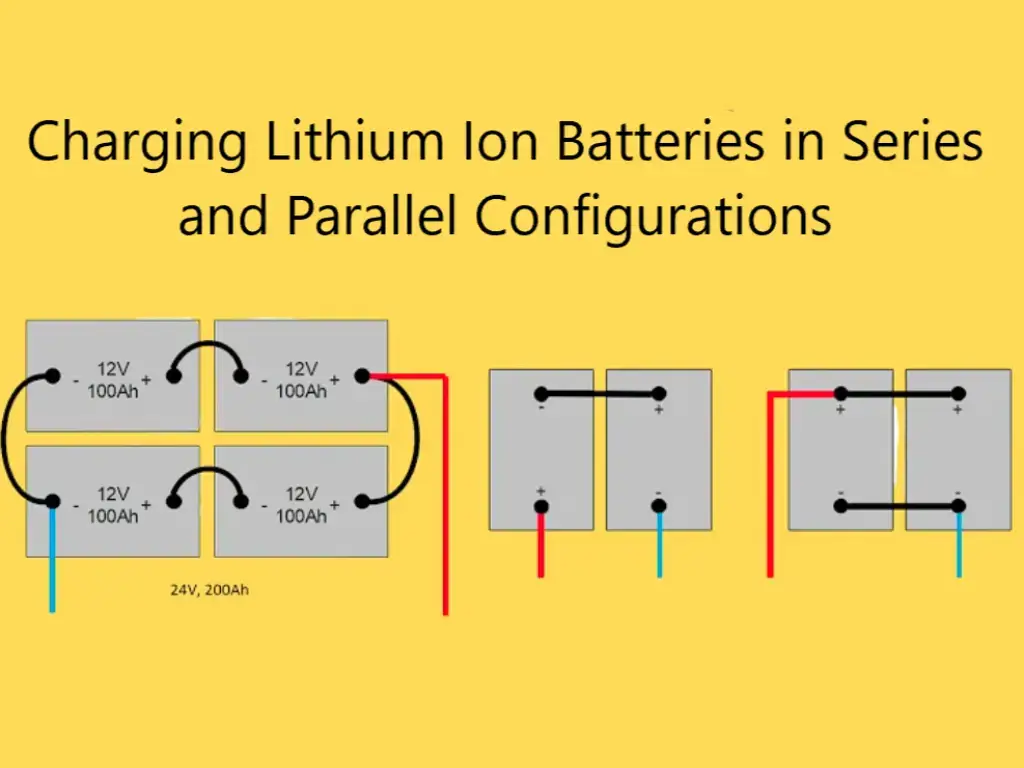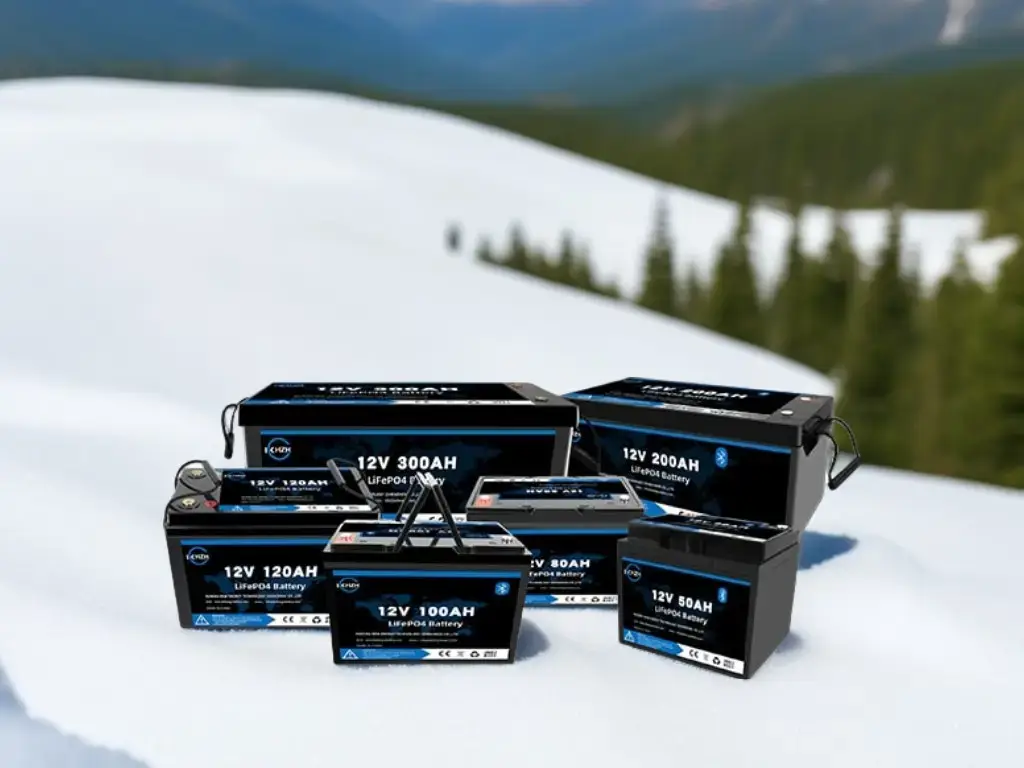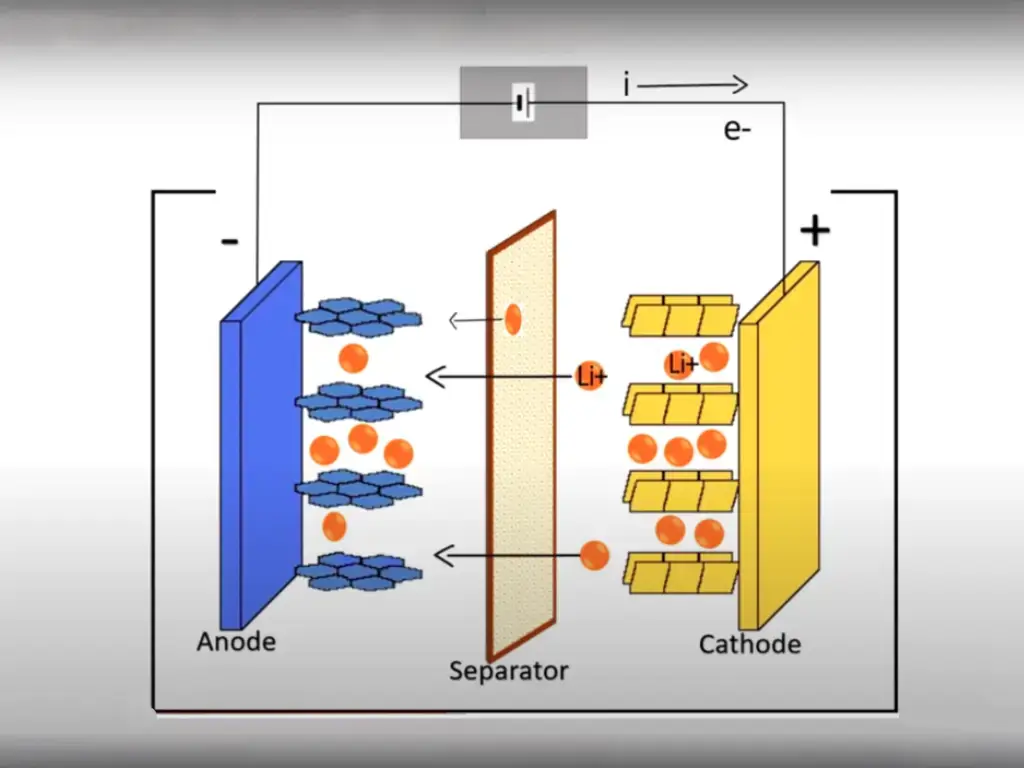Batteries are belong to chemical substances, and we all know that chemical substances are basically lack of activity in low-temperature environment, which leads to the state that the battery is basically not work at low temperature. For example, the iPhone in previous years will suddenly shut down in low-temperature environment. LiFePO4 battery belong to lithium batteries also, which is a new energy battery technology developed in recent years. It has a wide range of high temperature, but the low temperature performance of old types LiFePO4 battery of is not good also.

What is the reason cause the poor charge and discharge performance of LFP battery and lead acid battery?
1.Low temperature influence to the lithium battery
Among all environmental factors, temperature has the greatest impact on the charge and discharge performance of the lithium battery. The electrochemical reaction at the electrode / lithium battery electrolyte interface is closely related to the working ambient temperature. The electrode / lithium battery electrolyte interface is regarded as the heart of the battery. At low temperature, the viscosity of lithium battery electrolyte decreases. If the conductivity decreases, the activity of the active substance will also decrease. It will increase the concentration difference of lithium battery electrolyte, enhance the electrical polarization and terminate the charging in advance. More importantly, the diffusion rate of lithium ion in carbon anode will be relatively slow. It is very easy to precipitate lithium. As the temperature decreases, the reaction rate of the electrode also decreases. Assuming that the battery voltage remains constant and the discharge current decreases, the power output of the battery will also decrease.
For example, the lithium iron phosphate positive stage itself has poor electronic conductivity, and it is very easy to form polarization at low temperature, thus reducing the battery capacity; Affected by the low temperature, the lithium embedding speed of graphite decreases, and it is very easy to precipitate metal lithium on the surface of the negative electrode. If it is formally used due to lack of storage time after charging, the metal lithium cannot be fully embedded into the graphite again. Some metal lithium continues to exist on the surface of the negative electrode, which is likely to form lithium dendrites, affecting the safety of the battery; At low temperature, the electrolyte viscosity of lithium battery will increase, and the lithium ion migration impedance will also expand.
2. Low temperature influence to Lead acid battery
Temperature has a great influence on the capacity of lead-acid battery, and the capacity decreases with the decrease of temperature.
The battery capacity decreases with the decrease of temperature, which is closely related to the serious influence of temperature on electrolyte viscosity and internal resistance. When the electrolyte temperature is high, the diffusion rate increases, the internal resistance decreases, and the electromotive force increases slightly. Therefore, the capacity and active material utilization of lead-acid battery increase with the increase of temperature. When the temperature of electrolyte decreases, its viscosity increases, the ion movement is subject to great resistance, and the diffusion ability decreases. At low temperature, the resistance of electrolyte increases and the resistance of electrochemical reaction increases, resulting in the decrease of battery capacity.
Who have a better performance between the lead acid battery and LiFePO4 lithium battery?
After actual carefully measurement by Keheng R&D team, temperatures below the 32°F mark will noticeably reduce both usable capacity and efficiency of lead-acid batteries, providing just 70 to 80 percent of its rated capacity at 32°F. Alternatively, lithium-ion batteries can operate with very little capacity and efficiency loss in cold temperatures, providing 95 to 98 percent of the battery’s capacity at 32°F. Even at 14°F, lithium batteries will provide 80 percent of their rated capacity.Typically, the more you pull from a lead-acid battery in cold temperatures, the weaker the performance will become. Unlike lead-acid batteries, lithium-ion batteries in cold weather will also begin to warm when you use them, which will lower the battery’s resistance and increase its voltage, allowing you to properly run your equipment.
Additionally, while lead-acid batteries have a smaller charging temperature range compared to lithium batteries, nearly every battery – whether lead acid or lithium – requires a more involved charging process when the temperature begins to drop, from charging at a slower rate to making sure the batteries stay within their specified temperature ranges. For example, when charging LFP batteries in temperatures below 32°F, the charge current must be reduced to 0.1C, and when charging your LFP batteries below 14°F, the charge current must be reduced to 0.05C. Failure to do so can cause irreversible damage to your battery.
How to improve the low temperature performance of Lithium iron phosphate battery?
At Keheng, we have solved this inherent problem with charging lithium batteries in cold temperatures by developing and engineering a low-temperature LFP battery called the LH Series. The Keheng low temperature LiFePO4 lithium batteries have been rigorously designed and tested to specifically excel in cold weather environments, as they can safely charge at temperatures down to -30°C (-22°F) using a standard charger. The Keheng KH-LFP-LH-12100 12V 100Ah Deep Cycle Lithium Battery features proprietary technology that draws power from the charger itself, requiring no additional components. Once the battery is plugged into the regular lithium charger, the internal heating and monitoring system takes care of the rest. These batteries also feature a robust battery management system (BMS) that protects the batteries from irreparable damage in extremely cold temperatures.
Under this effective measure, the Lithium iron phosphate battery can work normal at -22°F to 140 ºF.
the features of keheng low temperature LiFePO4 lithium battery

Features
- The working temperature can reach -30°C
- LCD display optional, real-time understanding of battery voltage and capacity.
- 100A continuous output voltage can continuously charge big-power devices.
- The intelligent BMS system can accurately control the battery to improve the lifespan, no explosion, no fire.
- Drop-in replacement for heavy lead-acid(AGM / GEL) battery,1/3 weight but same capacity.
- 2000times cycle life@100% DOD , 7000times cycle life@50% DOD , 10 years design lifespan.
- Maintenance-free, fully sealed, and waterproof.
Additionl questions that you may want to know about low temperature LiFePO4 lithium batteries
- What is the advantage of the LiFePO4 lithium battery? Click here to get more details.
- What is the complete battery parameters of the low temperature LiFePO4 lithium battery?Cleck here to get more details..




